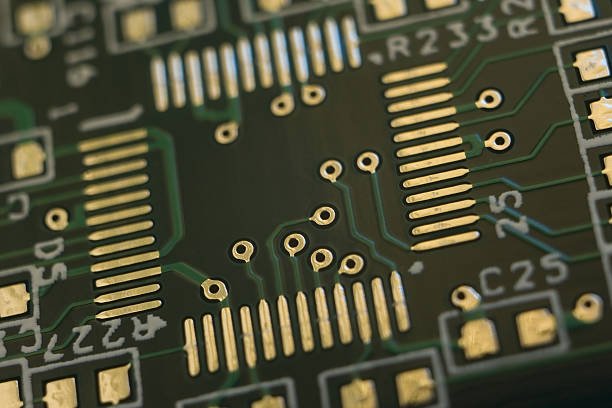The Field-programmable Gate Array (FPGA) is an embedded system consisting of computer’s hardware frames of UIs for a particular purpose.
Explanation
The interconnections can be easily reprogrammed so that an FPGA can handle design modifications or even promote a new framework in the component. The FPGA has its origins in initial computers, such as PROMs and integrated circuit systems. Mister FPGA is also an open source working that help run computer using FPGA.
Basics
Consider the contemporary microcontroller reference. They can be coded over and over with new software (i.e. firmware) and the hardware that runs on them improves their features. FPGAs are identical except that the hardware architecture (hardware summary) and configuration vary time than with the system architecture. And of necessity, when you program a layout representing a microcontroller, FPGAs will behave as microcontrollers.
Key points
Field programmable means that FPGAs can be installed somewhere else except the IC manufacturing plant at home, at the workplace. Gate Array ensures that FPGAs contain an enormous number of logical gates and switches that can be attached by the client to achieve the FPGAs according to their design needs. The doors and flip flops are clustered into configurable logic blocks already on an exact answer.
Working
Consider FPGA for Digital Circuits as a circuit board (a big one). The FPGAs are equipped with both gates and flip flops and wires pass through the entire chip. Components are created by attaching these wires according to the specification to the appropriate gates or flip-flops.
FPGAs have programmable interconnections that can be programmed re-connected with a direct cable, as on a breadboard rather than linking gates/flip-flops. Specialized clock signal wires/routes are available and the global clock-routing cables only can be powered by a selection of FPGA pins.
FPGA configuration
Rather than FPGA “programming,” the proper word is FPGA “configuration.” The two words are often used synonymously in any of these times. A bit stream is a document that outlines the configuration of FPGA, namely how gates, flip flops as well as other digital circuit components are connected through the connectivity matrix in the FPGA.
The FPGAs are equipped with an integrated setup circuit, which recognizes this file and configures the it appropriately. The bit stream can be played in several forms by the set-up circuit, for example by JTAG, Serial Memory Chips, Parallel Flash Memory, etc.
FPGA language
Models that are operating on FPGA are coded principally utilizing Verilog, VHDL, System Verilog, and other hardware description languages (HDL). Such 3 are by far the most common languages, even though many others are stronger than the specific ones mentioned above such as SystemC, Migen, MyHDL, Chisel, SpinalHDL, MATLAB, etc. High-Level Synthesis (HLS), which makes the layout in a subset of C, and the Compiler translates the design into proper Verilog code, is an extremely common way to program it.
Read more : Cancel LinkedIn Subscription on both Computer and iPhone
FPGA Reprogramming
As much as possible, SRAM-based FPGAs can be configured. No cap shall be imposed before the system is affected by factors like the voltage, temperature, etc. outside of the scope. There can be a very unique max endurance for some of the Flash-based FPGAs. Since it’s variations are present, for information sources it is suggested to review the it’s schematic in depth.

